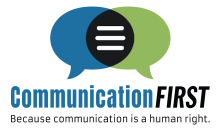Augmentative and Alternative Communication (AAC) Peer Support Project
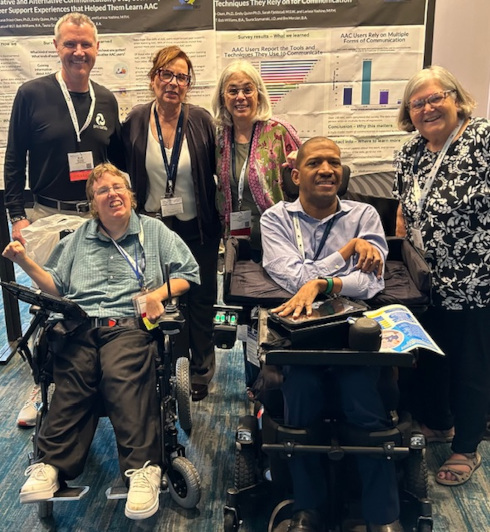

Who we are
The AAC Peer Support Project formed a Consortium of AAC users, researchers, providers, and representatives from disability and self-advocacy organizations located across the U.S. Our goal was to develop recommendations for a national plan about peer supports for people who need or use AAC.
Jump to "Who was involved?"
A Message from the Project Director:
Welcome to the webpage for the Augmentative and Alternative Communication (AAC) Peer Support Project.
This group worked together from March 2024-March 2025 to develop recommendations for a national plan for enhancing peer supports for people who need or use AAC. I often say that this project is magical within the field of AAC.
We invite you to explore our webpage and examine our findings and recommendations on peer supports and activities to support everyone who needs or uses AAC.
~Dr. Melanie Fried-Oken
When you finish reading about our work, we would appreciate your feedback so we can improve this webpage. Please take a short webpage survey.

Partners:
- CommunicationFIRST
- Administration for Community Living (ACL) (funder)
- Association of University Centers on Disabilities (AUCD) (contractual partner)
Full Report: Findings and recommendations of the AAC Peer Support Project
The Written Report which outlines the findings and recommendations for a national plan about peer supports for people who need or use AAC is coming soon.
What was the goal of the AAC Peer Support Project?
Our goal was to advance the use of peer support models for people who use or need Augmentative and Alternative Communication (AAC) through the creation of a nationwide, comprehensive, consensus-based approach. We sought to answer:
- What peer supports exist for AAC users now?
- What peer support models exist outside the field of AAC that may be applicable to AAC?
- Can we create a nationwide resource for developing peer support models for people who use or need AAC?
What did we do?
- Conduct a survey of AAC users and peer supports
- Identify and present different peer support models and discuss their outcomes
- Conduct a systematic literature review
- Identify barriers and opportunities, with attention to multiply marginalized communities
- Examine models, approaches and activities for AAC advancement
- Build consensus on initial findings and recommendations
- Draft a final report on our findings and recommendations for a national plan
Survey of AAC users
To AAC Users within the U.S., we asked:
- What tools and techniques do you rely on for expression?
View a poster of the tools and techniques results
View the plain text version of the tools and techniques poster
- What are your experiences with peer supports?
View a poster of the experiences results
View the plain text version of the experiences poster
View the full written report
To national AAC community members, we requested:
- Descriptions of peer support models that you have experience with, inside and outside the AAC field
View the models results
- Scoping review of publications and presentations about AAC peer supports
View the scoping review
Word cloud results from a survey asking: "What words come to mind when you think of peer support?"
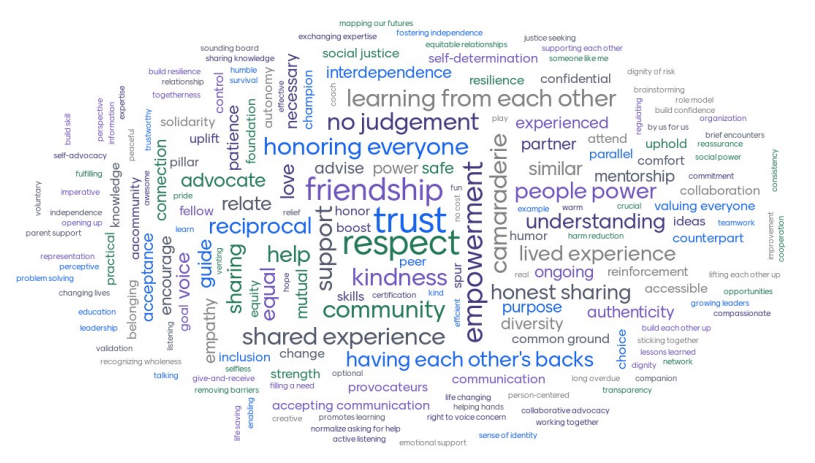
What is AAC?
AAC stands for Augmentative and Alternative Communication. This means all the ways people communicate without talking. AAC is ways people who can't speak all the time or can't speak at all can communicate.
AAC users discuss AAC peer support
Watch more videos on the AAC Peer Support Project YouTube Channel:
AAC peer support is a community where AAC users come together in a safe space to share their positive and negative experiences. It is built on trust and respect, fostering open and honest communication, and involves sharing ideas, activities, and frustrations to manage life’s challenges and validate all forms of communication. Key elements are:
Reciprocity: Mutual exchange of support and understanding.
Connection: Building friendships and a sense of belonging.
Empowerment: Encouraging independence and interdependence.
Core values of peer support
The core values of peer support are the foundation of this project. Peer support:
- can be offered, received, and is reciprocal
- is about being seen, heard, and valued
- can be one-time, episodic, or ongoing
- can be brief or comprehensive, depending on the availability and expectations of the persons needing the support and the skills and responsibilities of the persons offering support
- disrupts oppression
- recognizes and sustains community as comprised of acts of belonging and sharing, not mere coordinates on a map
- spurs pride and a sense of resilience in ourselves, our community, spelling it out, and taking action
- can include membership to many different and diverse peer groups for each person

How to prioritize AAC users in discussions during virtual meetings
The Consortium developed guidelines for virtual meetings between AAC users and people who can rely on speech. These guidelines prioritize AAC user perspectives in discussions and the consortium agreed this empowered people who use AAC. A member told us, “I can honestly say that this consortium has been the most accessible meeting I have attended, and it is not even close." We are pleased to share the guidelines for others to use or adapt for their meetings.
Download the Consortium Discussion Guidelines
Who was involved?
The Steering Committee
The roles of the Steering Committee were:
- To ensure that AAC users were integrally involved in the work this project is doing
- To review the products and deliverables from each workgroup and the national plan
Members:
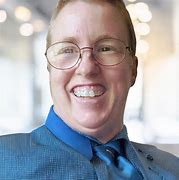
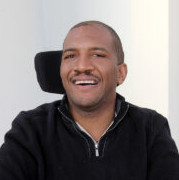
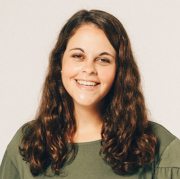
The AAC Peer Support Consortium
This project was led by a consortium made up of AAC users, researchers, providers, and representatives from disability and self-advocacy organizations located across the U.S.
Organizations represented in the AAC Peer Support Consortium
ALS of Michigan
Aphasia Community Center, Inc.
Ask Me, I'm an AAC User
Assistive Technology Act Programs, ACL
AssistiveWare
AT Lab, Community Vision
Autism Society of America
Autistic Self Advocacy Network
Beyond the Chair
Bridge School
Bridge School's Bridging Communities Through Alternative Communication (BCTAC)
Co-founder of Camp ALEC
CommunicationFIRST
Center on Youth Voice, Youth Choice
Disability Advocate
Disability Voices United
Georgetown Univ. National Center for Cultural Competence
IHDD Georgia UCEDD
ImpAACt Voices
Institute for Community Inclusion, Univ. of Massachusetts Boston
ISAAC
Jill Tullman & Associates
NASDDDS
National Alliance for Direct Support Professionals
National Aphasia Association
National Association of Councils on Developmental Disabilities
NCIL: National Centers for Independent Living
博彩网站 UCEDD
Oregon Family to Family Health Information Center
Portland State University Universal Design Lab
PRC-Saltillo ambassador and training program
RERC on AAC
SABE
San Francisco State University
Supported Decision-Making Initiatives, Center for Public Representation
TASH Communication Access Community of Practice
The Arc of Ohio
USSAAC
Waisman Center, University of Wisconsin UCEDD
Wyoming Institute for Disabilities and WY AT Resources (WATR)
Quotes from Consortium members
"I look forward to this meeting every week. I learn from my peers, especially those who use AAC. I never lose my excitement for the project when we are together. I hope we can keep this group going after the grant ends."
"I love how we all work together! I want our group to go on after the grant wraps up. We're just starting our work, and there is more to do."
"It feels like we have gotten a lot done, and also this is just the beginning of a movement across the U.S. and probably further to open doors for AAC users to get more than language supports."
"So proud to attend a meeting that was about the experiences and opinions of AAC users rather than talkies. Moved the power where it should be for the final product."
"So happy to move this agenda forward, taking back our power, we are fully AAC-tivated!"
"I always feel empowered to make big changes in society after I meet with this dynamic group!!"
"There are times when it feels like I lucked out and was in the right place at the right time. I feel like that with this consortium. I feel very honored and humbled to have had the experience to work with all of you."
Connect with us about this project
Work on this project spanned from March 2024-March 2025. If you would like to receive more information about the AAC Peer Support Project, email us at ucedd@ohsu.edu.
Give feedback about this webpage
Take a short webpage survey
